Faced with the use of synthetic refrigerants, associated with damage to the ozone layer and global warming, the transition to so-called "natural" refrigerants emerges as a promising alternative, in terms of efficiency and environmental sustainability.
By Álvaro León Pérez Sepúlveda
Although there is still progress in the Latin American environment, there is still a long way to go. Among the pending issues are the need to make greater technological changes, advance in the training and updating of the sector, as well as in the implementation of an adequate and sufficient legal context.
Current challenges
According to the experts consulted, the use of natural refrigerants in the region faces several disadvantages from a financial and technical point of view.
"For example, CO2 in transcritical mode is very inefficient in places with ambient temperatures above 25°C. In addition, investment and maintenance costs are very high, which influences its feasibility for a market like Latin America," says Miguel Ángel Escamilla-Escarcega, leader of New Business Development in Mexico, CAC and the Andean region of the Chemours company.
investment and maintenance costs are very high, which influences its feasibility for a market like Latin America," says Miguel Ángel Escamilla-Escarcega, leader of New Business Development in Mexico, CAC and the Andean region of the Chemours company.
Regarding propane, he mentions that its maximum allowable load is only 150 grams, due to its high flammability. "This restriction limits its use only to self-contained systems such as domestic and commercial refrigerators," he says.
Likewise, the executive says that, in general terms, the region does not have technical personnel adequately prepared to work with natural refrigerants such as CO.
Engineer Gildardo Yañez, Training and Applications Manager of the Bohn company in  Mexico, also refers to this particular: "Many technicians and professionals in the sector still need to acquire knowledge about the safe and efficient handling of natural refrigerants such as R600a and R290; and to know which refrigerants are being used most in domestic refrigeration, air conditioning, self-contained commercial refrigeration and chiller applications," he says.
Mexico, also refers to this particular: "Many technicians and professionals in the sector still need to acquire knowledge about the safe and efficient handling of natural refrigerants such as R600a and R290; and to know which refrigerants are being used most in domestic refrigeration, air conditioning, self-contained commercial refrigeration and chiller applications," he says.

Similarly, Yañez points out the poor accessibility to natural refrigerants in the region, arguing that although their use is increasing, there are still limitations in the availability and infrastructure necessary for their distribution and storage.
"In the case of carbon dioxide, it is required to have a sufficient level of purity to be applied in a refrigeration system. Therefore, it is common for this refrigerant to have to be imported, because it is not always available in our countries. As for the level of adoption in Latin America, I can say that it is growing gradually, especially in places where stricter regulations are being adopted regarding the use of substances with a high global warming potential," he adds.
In short, the expert reflects that there is still much to be done in terms of awareness, training and access to technologies that facilitate the transition to the next generation of flammable refrigerants.
What is being done?
Despite the challenges, many companies in Latin America remain firm in their commitment to natural refrigerants and demonstrate their commitment to promoting their use. However, experts warn that this has not been, and will not be, a simple process.
"The companies that are developing this technology are promoting it, but without obtaining a great acceptance yet. The most widely used refrigerants in Latin America continue to be HCFCs, such as R22; and HFCs, such as R404A, R410A and R134a," says Miguel Ángel Escamilla-Escarcega.
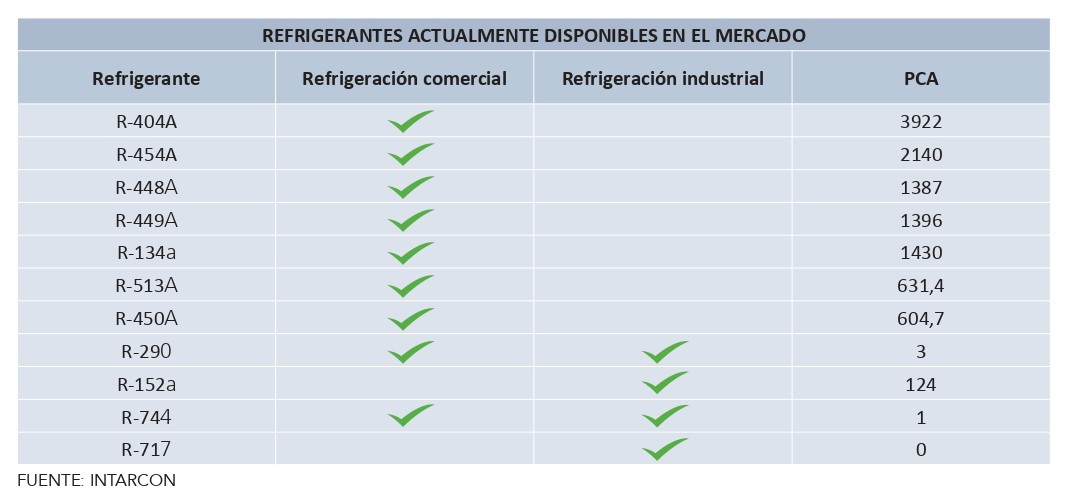
Gildardo Yañez agrees that there is a growing movement towards the use of natural refrigerants in the refrigeration industry and that companies and associations are taking measures to promote this transition.
"One of the main actions is training. We are offering courses and workshops for engineers, technicians and professionals in the sector, in which the importance and benefits of natural refrigerants such as R290 are highlighted, as well as the appropriate techniques for their handling and application," he says.
In Yañez's opinion, despite attempts to implement the application of CO2 R744 carbon dioxide in supermarket systems at the regional level, the cost of the technology and the average temperatures of each country have meant that the initiative has not advanced at the expected speed. However, he is confident that this refrigerant will be positioned later in the industrial sector, where installations usually exceed 125 tons of refrigeration.
"That is the future niche of CO2 application in Latin America. In industrial projects, maximum efficiency levels are achieved when used in subcritical connection, using NH3 R717 ammonia chillers as a condensing medium. And in the near future, also with R290 propane chillers as a condensing medium. This hydrocarbon has the advantage of being able to work in extreme temperature conditions without using water," he says.
Recently, it was learned that the Fraunhofer Institute for Solar Energy Systems (ISE) developed a functional model for a propane-based cooling system in Germany.
 "The refrigerant charge of the unit is 12.8 grams per kilowatt, about one-fifth of the propane charge of conventional systems," said Lena Schnabel, head of the Heating and Cooling Department at Fraunhofer ISE, who explained that the module is thus unrestricted for indoor installation, thanks to the fact that its propane refrigerant charge does not exceed the limit of 150 grams.
"The refrigerant charge of the unit is 12.8 grams per kilowatt, about one-fifth of the propane charge of conventional systems," said Lena Schnabel, head of the Heating and Cooling Department at Fraunhofer ISE, who explained that the module is thus unrestricted for indoor installation, thanks to the fact that its propane refrigerant charge does not exceed the limit of 150 grams.
In any case, there seems to be a consensus on the need to continue advancing in the development of these technological proposals, as well as in their implementation in Latin America, in order to promote the use of substances such as propane and other environmentally sustainable alternatives.
The latter include HFOs and HFO blends such as R-449A and R-454C for commercial refrigeration, R-513A for chillers, R-452A for refrigerated transport and R-454B, described as the "new standard of air conditioning" by engineer Miguel Ángel Escamilla.
Training, a key element
The different sources consulted also indicated that a good level of knowledge and training in natural refrigerants is essential to face a future during which aspects such as efficiency and sustainability will be increasingly a priority.
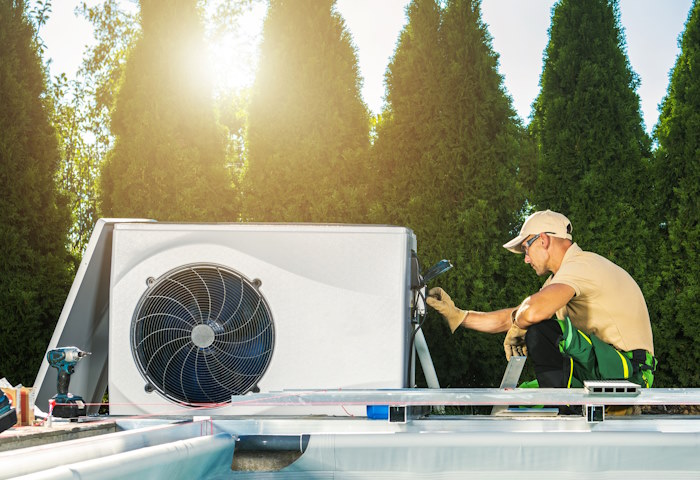
They also point out the importance of having local and international standards and regulations related to flammable refrigerants to ensure their proper and safe use.
"The actors involved must be trained with the manufacturer of the respective technology to be able to handle these refrigerants, since they are usually toxic, flammable or high-pressure substances," mentions, for example, the Chemours executive.
Gildardo Yañez goes even further, stating that technical training is essential to move towards more sustainable and environmentally friendly refrigeration, adding that efforts are being made to improve training in this field.
"Educational institutions such as SENA, in Colombia, and organizations such as the German Development Cooperation Agency (GIZ) and the United Nations Industrial Development Organization (UNIDO), are carrying out specific training programs on natural refrigerants. These programs cover topics such as safety in operation, system selection and design, preventive and corrective maintenance, as well as leak detection techniques," he says.
These awareness-raising and outreach activities include seminars, conferences and educational materials that are aimed at technicians, entrepreneurs and decision-makers in the refrigeration industry.
Regulations: in the making
In Latin America, most countries have ratified the Montreal Protocol, the major international agreement designed to protect the ozone layer by regulating substances such as chlorofluorocarbons (CFCs), hydrochlorofluorocarbons (HCFCs) and other compounds used as refrigerants.

In addition, some countries in the region have their own regulations related to the subject. For example, Colombia's Ministry of Environment and Sustainable Development has invited the use of natural refrigerants, establishing guidelines for their safe handling, including training personnel, preventing leaks, and properly managing such gases at the end of their useful life.
 For its part, the Ministry of Production of Peru has promoted initiatives to "promote the use of HFC refrigerants with low global warming potential (GWP) and the use of natural refrigerants such as R-290 (Propane), R-600a (Isobutane), R-717 (Ammonia), R-744 (Carbon Dioxide) that have low GWP", as explained by engineer Ernesto Sanguinetti.
For its part, the Ministry of Production of Peru has promoted initiatives to "promote the use of HFC refrigerants with low global warming potential (GWP) and the use of natural refrigerants such as R-290 (Propane), R-600a (Isobutane), R-717 (Ammonia), R-744 (Carbon Dioxide) that have low GWP", as explained by engineer Ernesto Sanguinetti.
Mexico's Ministry of Energy has also issued legal concepts that define, among others, energy efficiency requirements for domestic and commercial refrigeration solutions, including equipment that uses natural refrigerants.
In the same vein, countries such as Brazil, Argentina and Chile have been developing regulations that include considerations on the handling and use of refrigerant gases, including natural ones.
However, many of these laws do not yet have the scope required to generate structural changes and their application varies widely from country to country.
Prospects for the future
Undeniably, from Argentina to Mexico, Latin American countries are actively exploring the implementation of natural refrigerants as part of their strategies to meet their international commitments to reduce emissions and protect the environment.
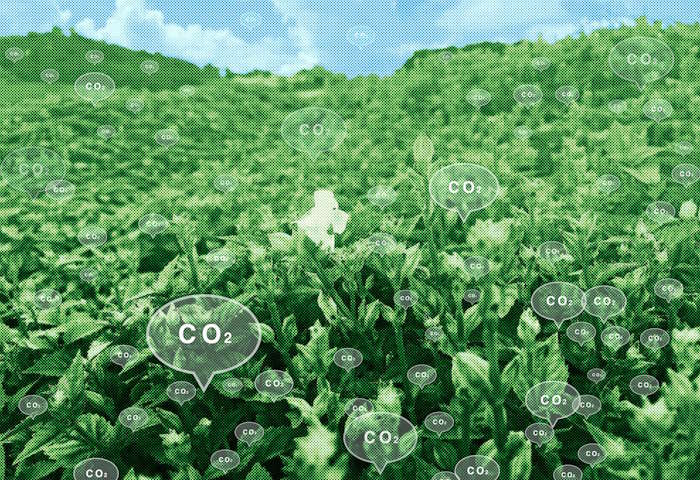
With developing regulations and a growing awareness of the importance of sustainability, the refrigeration landscape in the region is beginning to undergo a significant transformation.
However, in the region the transition is not progressing as quickly as it should and could.
In the coming years, local business initiatives, the strengthening of national regulatory frameworks and the establishment of instances to exchange and enrich experiences and learnings will be some of the decisive actions for the regional HVAC industry to advance one step further in strengthening its competitiveness, through the generalization of the use of natural refrigerants.


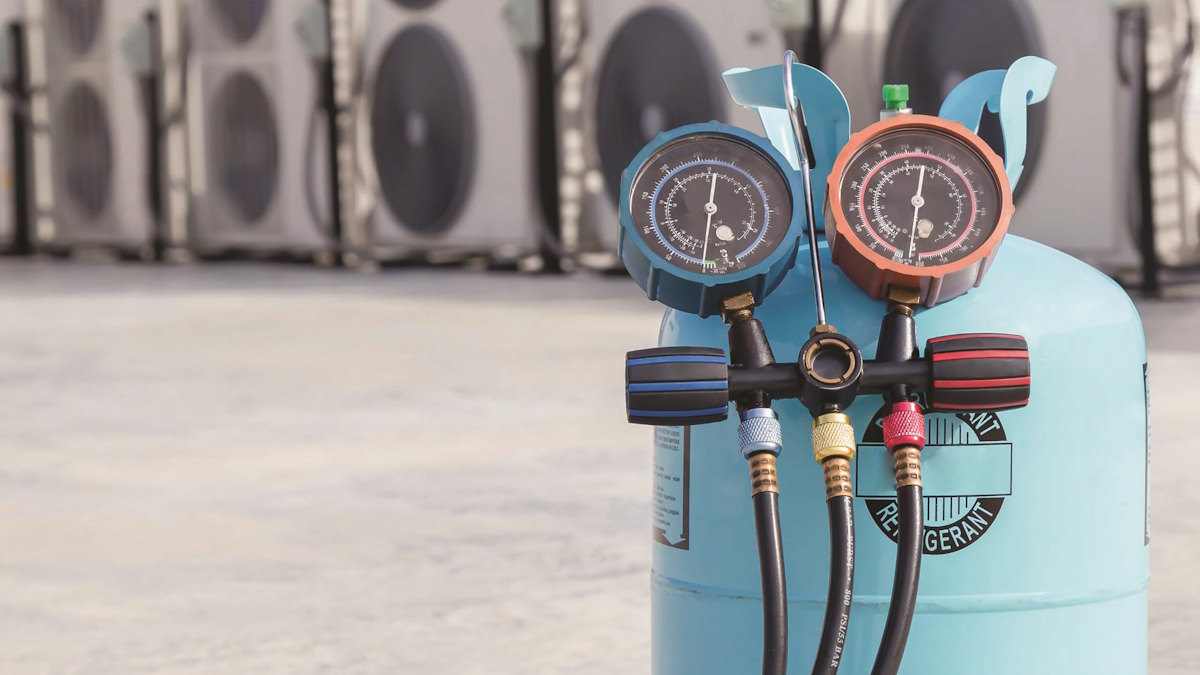


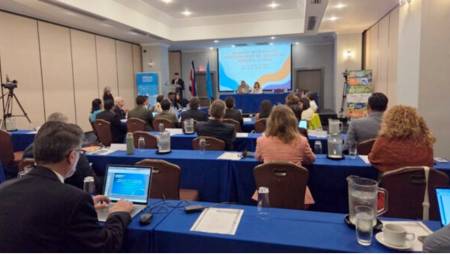

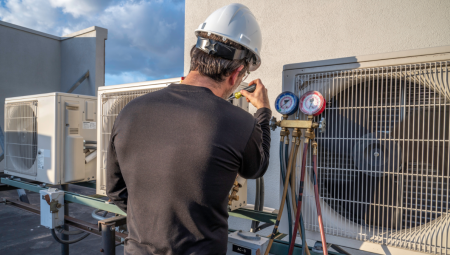

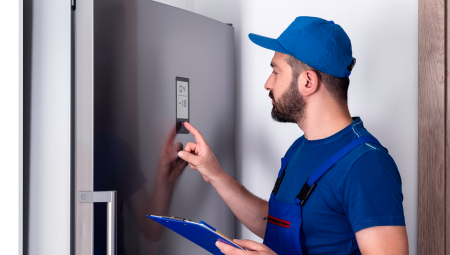
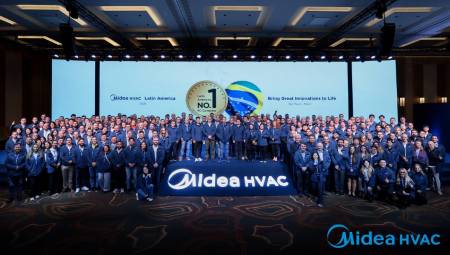

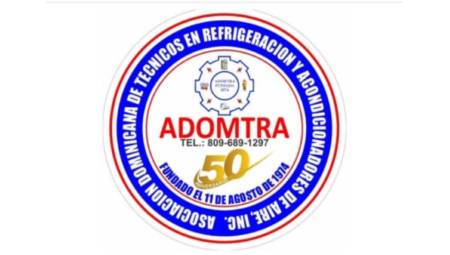
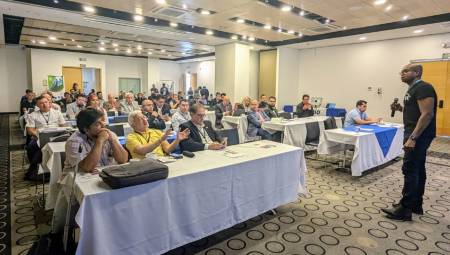


Muy interesante el articulo, sin embargo le recomiendo considerar los chiller por absorción que son realmente la solución a la temática que usted comenta en el presente.
Gracias
Att.
Wilber Garcia
INGEFROST S.A.S. / THERMAX
Cuales son los paises en america latina que no han ratificado el protocolo de montreal